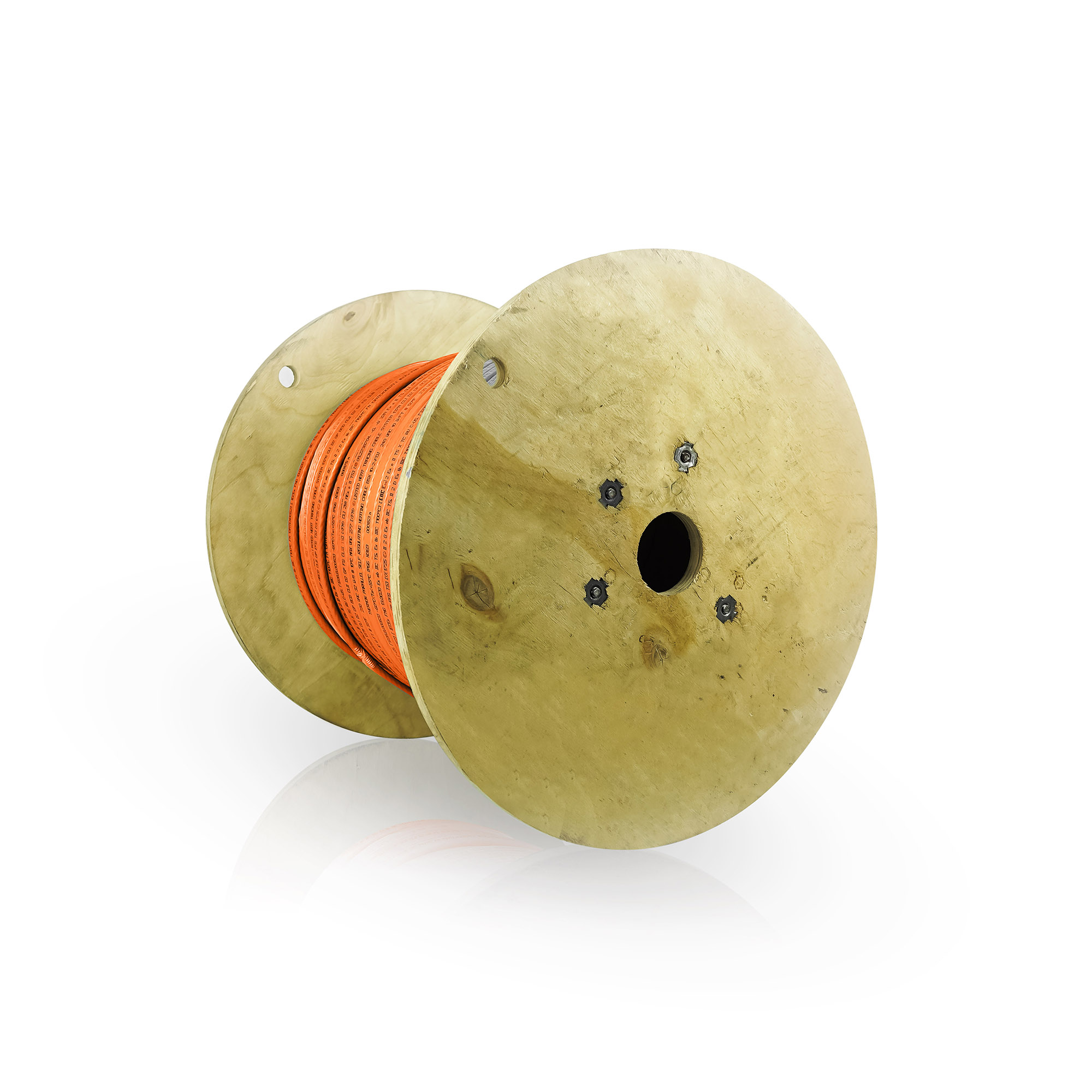FAQ
Have Questions?
Electrical trace heating, in simple terms, is the application of heat through use of clever, electric heating elements which provide focussed, controllable heat. The heating elements are self-regulating and encased within cables constructed from thermoplastic layers, with two adjacent bus wires.
Trace heating cables are self-regulating and this means they’re considerably more intelligent than conventional heating cables. They consist of a semi-conductive self-regulating heating matrix around two bus wires; one live and one neutral. These heat up when they’re powered and the matrix contains specialist compounds that vary their resistance depending on the temperature, causing the power output to drop as the cable gets warmer. This means that cables can cross each other without overheating!
Trace heating can be attached to many things, including pipework, tanks and vessels using cable ties, aluminium or glass fibre tape or any other suitable adhesive, prior to covering with insulation or lagging. The cables can be cut to any length on-site, making it convenient to make quick necessary changes whilst on a job and minimising delays. Trace heating applications must be installed with a suitable thermostat in order to control operating temperatures and ensure that there is a level of control over the system to achieve the desired goal; whether it's to prevent freezing or regulate factory process temperatures. JC Griffin Electrical are qualified installers of electrical trace heating. Get in touch today for a free quotation.
The wires used are self-regulating within a given temperature range, and are therefore highly energy efficient. In conjunction with a good thermostat and good insulation, trace heating can minimise energy usage by applying heat to only the part of a system where it is required, and only when it is needed due to a change in the conditions (mainly temperature). Trace heating is much more efficient than any traditional heating element due to the way in which the cables are designed.
Trace heating has many commercial, industrial and domestic uses and is typically used on pipes, plumbing, tanks & vessels or any other channel which sees the passage or storage of a liquid that has the need to be regulated in temperature. This is usually with a view to maintain viscosity; whether it's for the prevention of freezing, or a chemical process that requires liquids to remain within a given temperature range. Freeze protection of outdoor pipework is a popular application of trace heating, as is its use as part of hot water maintenance systems in commercial and domestic buildings. To find out more about the applications of trace heating, please visit our applications page.


